26 de July de 2024
Utilizing Partial Range of Motion Strength Training with Vitruve
A major theme that I seem to hit on with all of my blogs seems to circle around what you do “next,” once you build up adequate base levels of strength as an athlete. Again, remember that I always speak from the lens of a performance coach. The barbell, power rack and weights are all tools and spokes in the wheels that are speed and power. That is, we are not training to compete in lifting itself. Instead, these tools are there to aid in how we develop speed, explosiveness and power.
As I have said, tools like Vitruve can go a long way in helping us build these traits. After all, the combination of the weight we use and how fast we move it is given directly to us in the category of wattage! Further, we can ALSO begin to build valuable facets of our performance by isolating particular ranges of motion. Think about it… when we jump, our hips only extend and flex in smaller ranges of motion. When we sprint, our legs produce power and contact the ground in very particular ranges of motion. As athletes advance and progress, it can behoove us to zoom in on these particular areas and get an idea of how much power we produce when it really counts. Let’s dive into isolating ranges of motion in training and how Vitruve can help us zero in on the important particulars of athletic performance.

Isolating particular ranges of motion
As I briefly mentioned above, we can look at certain aspects of sprinting and jumping and get an idea of what ranges of motion are the most integral.
Some of us are visual learners, so here are some visuals of sprinting and jumping and the ranges of motion I am talking about:
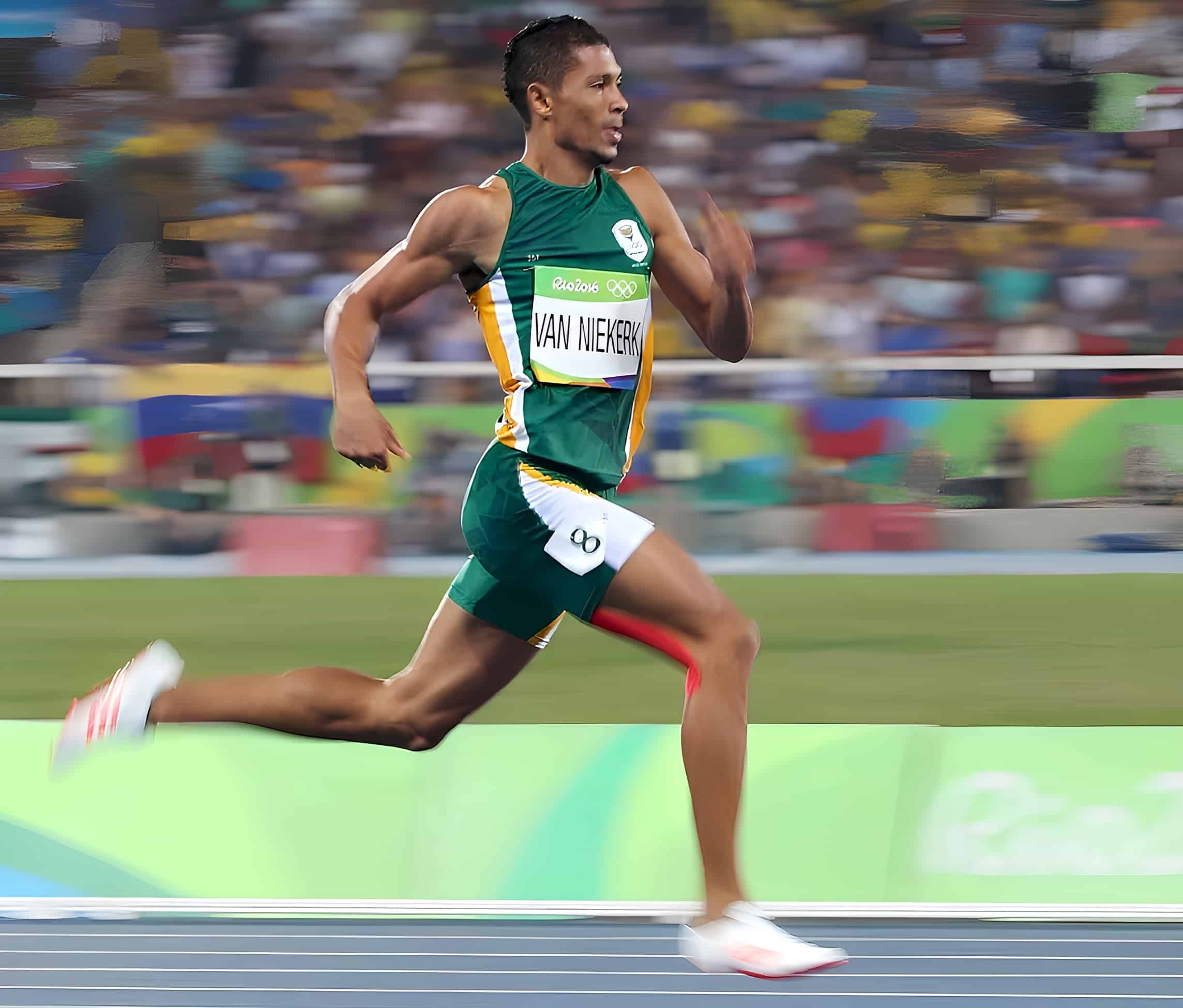
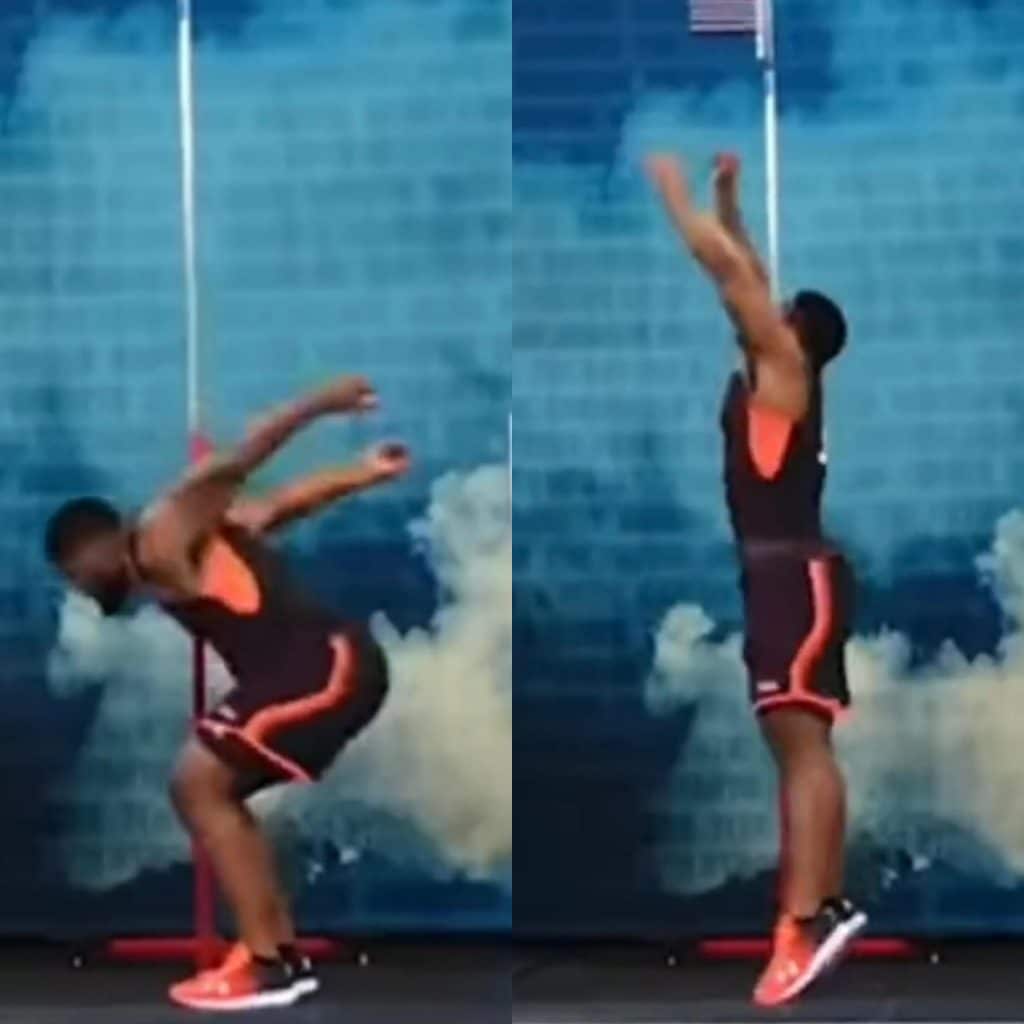
You can see how the degrees of flexion (bend) are very limited to a particular range… If we don’t zone in on those ranges in training more advanced athletes, we are most definitely missing some valuable chunks of improvement we can make!
Focusing on ranges of motion more transferable to jumps and sprints
Once we have built strength with things like squats, deadlifts and other means, we can begin to turn our focus a bit. Please remember, if you are a novice lifter and weak, you can and should turn your attention more to the things we are discussing here. It is NOT necessary to do this before that point.
One of the easiest recommendations I can make is to look at videos of a particular athlete sprinting or jumping. Look at their personal style and technique when executing each movement and how they go about achieving their levels of power output. Once you do this, you can begin to determine the positions and angles you want to achieve in your various lifts.
Using Vitruve to measure ranges of motion changes
Take a look at these two still images of a vertical jump with a Vitruve and a Barbell Rack Pull with a Vitruve.
You can see that the point before extension on the jump is quite similar to the point before extension on the rack pull.
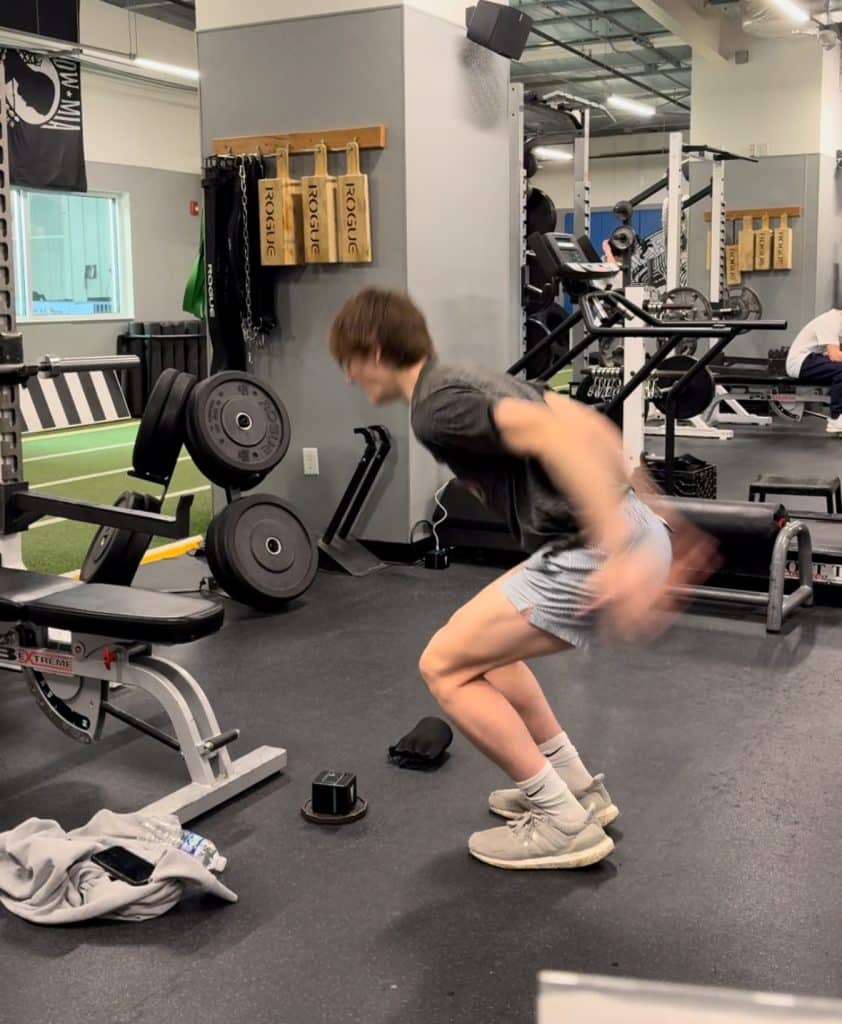
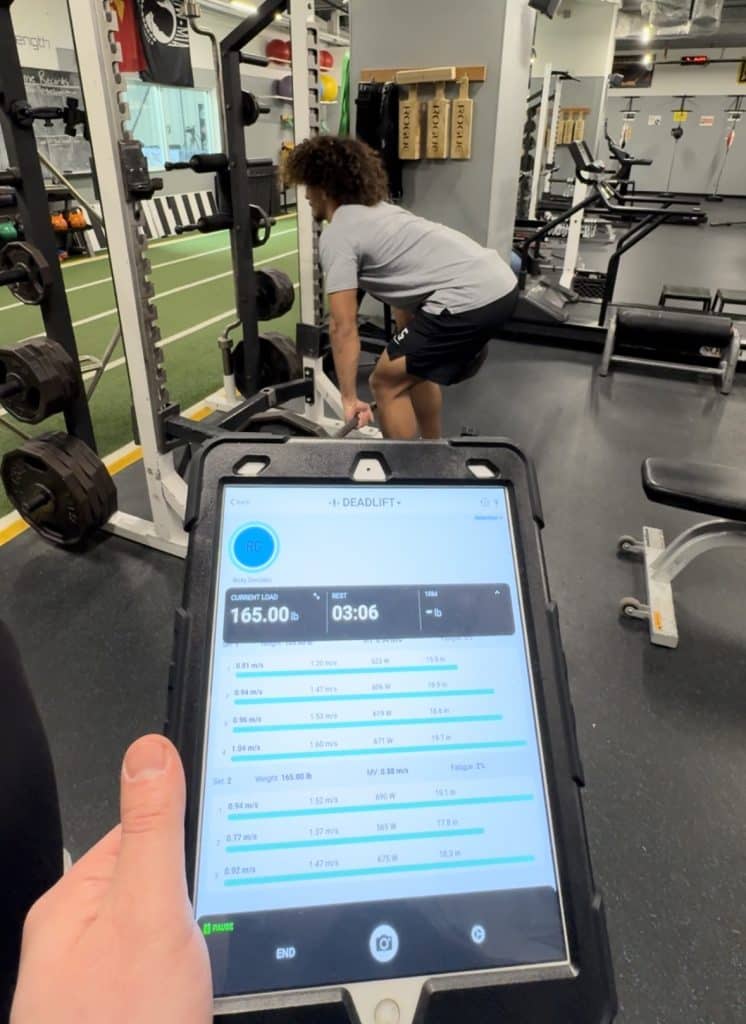
The awesome part of the Vitruve is that it gives you an accurate assessment of the range of motion of each movement. You would be able to determine the exact range of motion of the rack pull, for example, and adjust how low or high you set the bar. An easy way to match this up with the hip extension range of motion for your vertical jump would be for the athlete to load normally and drive, but STOP before their feet leave the ground.
In theory, this would give you an idea of the exact range of motion you want to isolate to particularly target the extension/concentric power that drives output on a vertical jump
Using Vitruve to to adjust training loads in isolated range of motion training to enhance sprint and jump training
Above all else, the feedback provided from the Vitruve can help determine how much power you are producing in these ranges of motion.
Let’s think back to what wattage is and what goes into improving it. Wattage represents the speed in which we move relative to the load we are moving. In theory, if we move 155 lbs on a bar at 1.0 m/s, we are producing a HIGHER wattage amount than we would be if we were moving at that same speed with 135 lbs on the bar!
When jumping and sprinting, this is invaluable to improving how much we can input into the ground to help us jump higher or sprint faster. We can assess this number when performing the lifts we have mentioned above and get an accurate interpretation on if we are getting more powerful in these specific ranges of motion. Take a look at this below…
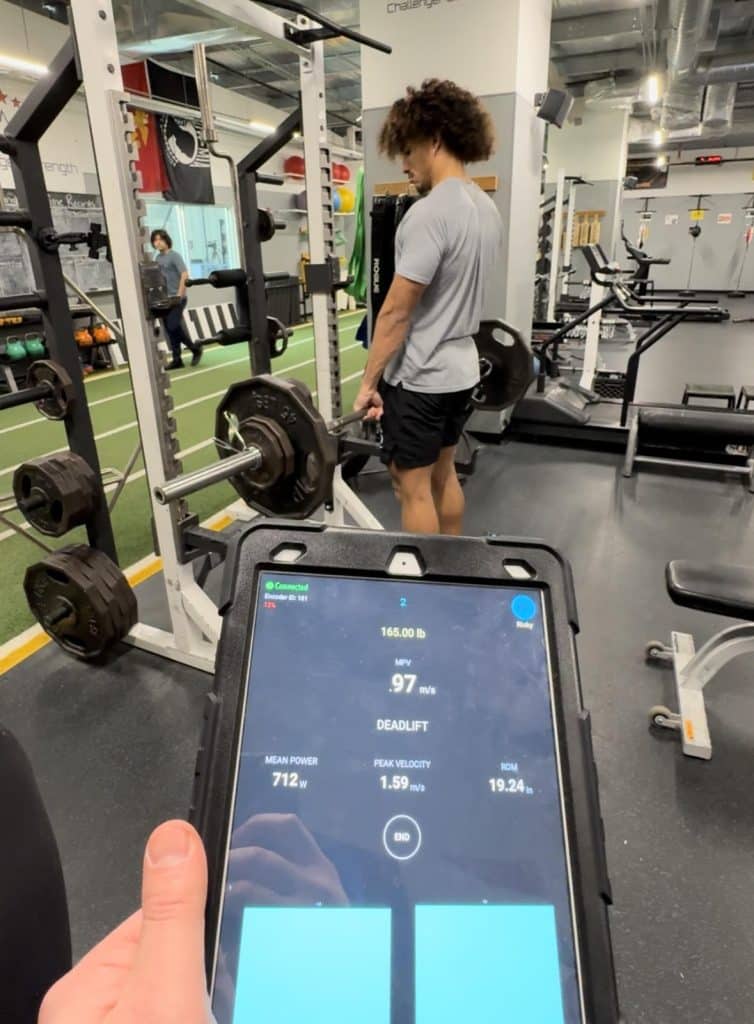
You can see how we get instant feedback on the speed of the lift on average, the peak speed and the wattage produced as a result of both of these metrics.

As time goes by we can continue to gradually increase loading while maintaining speed, which will improve how much power we are producing in the ranges of motion that are most valuable to us!
